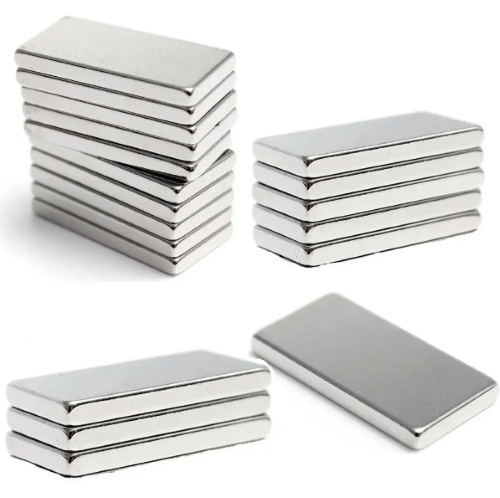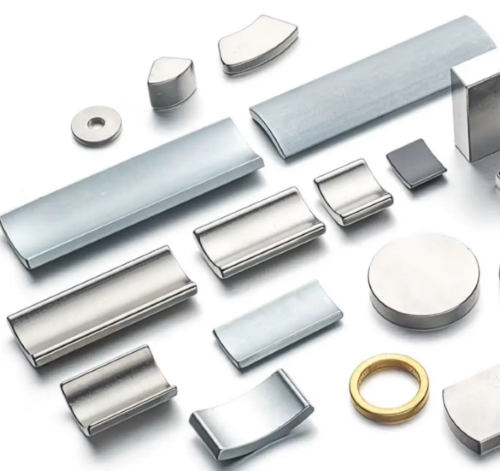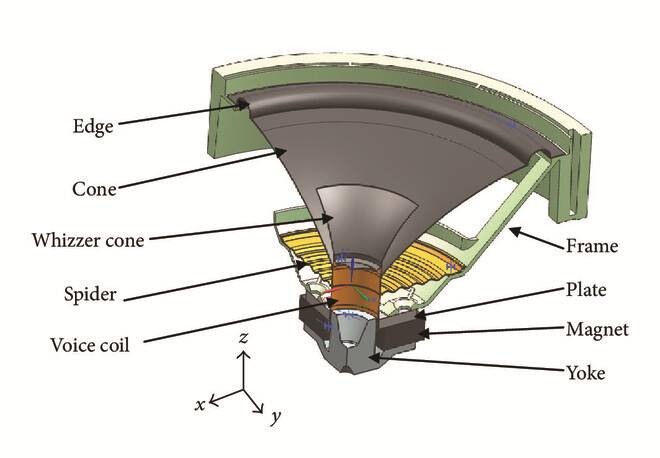Magnetic Induction Intensity B & Magnetic Polarization Intensity J
Practice and theory have proved that when a ferromagnetic or ferrimagnetic substance is magnetized in a magnetic field, in addition to the magnetic field in the substance, because the atomic magnetic moment of the ferromagnetic substance turns to the direction of the external magnetic field, it generates an additional magnetic field M inside the substance. The sum of the external magnetic field and the additional magnetic field at this time is called the magnetic induction intensity of the magnet.
Magnetic Induction Intensity B
The magnetic induction intensity B is the total magnetic field felt by the magnet and is the sum of the external magnetic field H and the induced magnetic field M at this time. In a vacuum environment, the magnetic induction intensity is proportional to the external magnetic field, that is, B=μ0H, where μ0 is the vacuum permeability, and μ0=4π×10-7H/m (Henry/m). The magnetic induction intensity inside the magnet is B=μ0(H+M), and the unit of B is Tesla (T). In the Gauss unit system, the unit is Gauss (Gs) (1T=10KGs).
Magnetic Polarization Intensity J
Magnetic induction intensity B=μ0(H+M)=μ0H+μ0M. We call μ0M the magnetic polarization of the material, that is, J=μ0M, and its unit is also T (Tesla). In a physical sense, the magnetic polarization intensity J is interpreted as the magnetic dipole moment per unit volume of the magnetic medium, also known as the intrinsic magnetic induction. The symbol is Bi or J.
In soft magnetic materials, the value of the magnetic field intensity is usually no more than 1000A/m, μ0 is 4×10-7H/m, and J=B-μ0H, so the difference between the magnetic induction intensity B and the magnetic polarization intensity J is very small. But in hard magnetic materials, this difference is very significant, so the B-H curve and J-H curve are usually given.
 Magnetic Induction Intensity B & Magnetic Polarization Intensity J[/caption]
Magnetic Induction Intensity B & Magnetic Polarization Intensity J[/caption]
The second quadrant in the figure above is the demagnetization curve of the magnet that we commonly see. In the next article, we will further introduce the magnetic parameters of the magnetic material implied in the B-H curve and the J-H curve.
Conclusion
Thank you for reading our article and we hope it can help you to have a better understanding of the magnetic induction intensity B & magnetic polarization intensity J. If you want to know more about magnets, we would like to advise you to visit Stanford Magnets for more information.
Stanford Magnets is a leading magnet supplier across the world, that has been involved in R&D, manufacturing, and sales of magnets since the 1990s. It provides customers with high-quality permanent magnets like neodymium magnets, SmCo magnets, AlNiCo magnets, and ferrite magnets (ceramic magnets) at a very competitive price.















